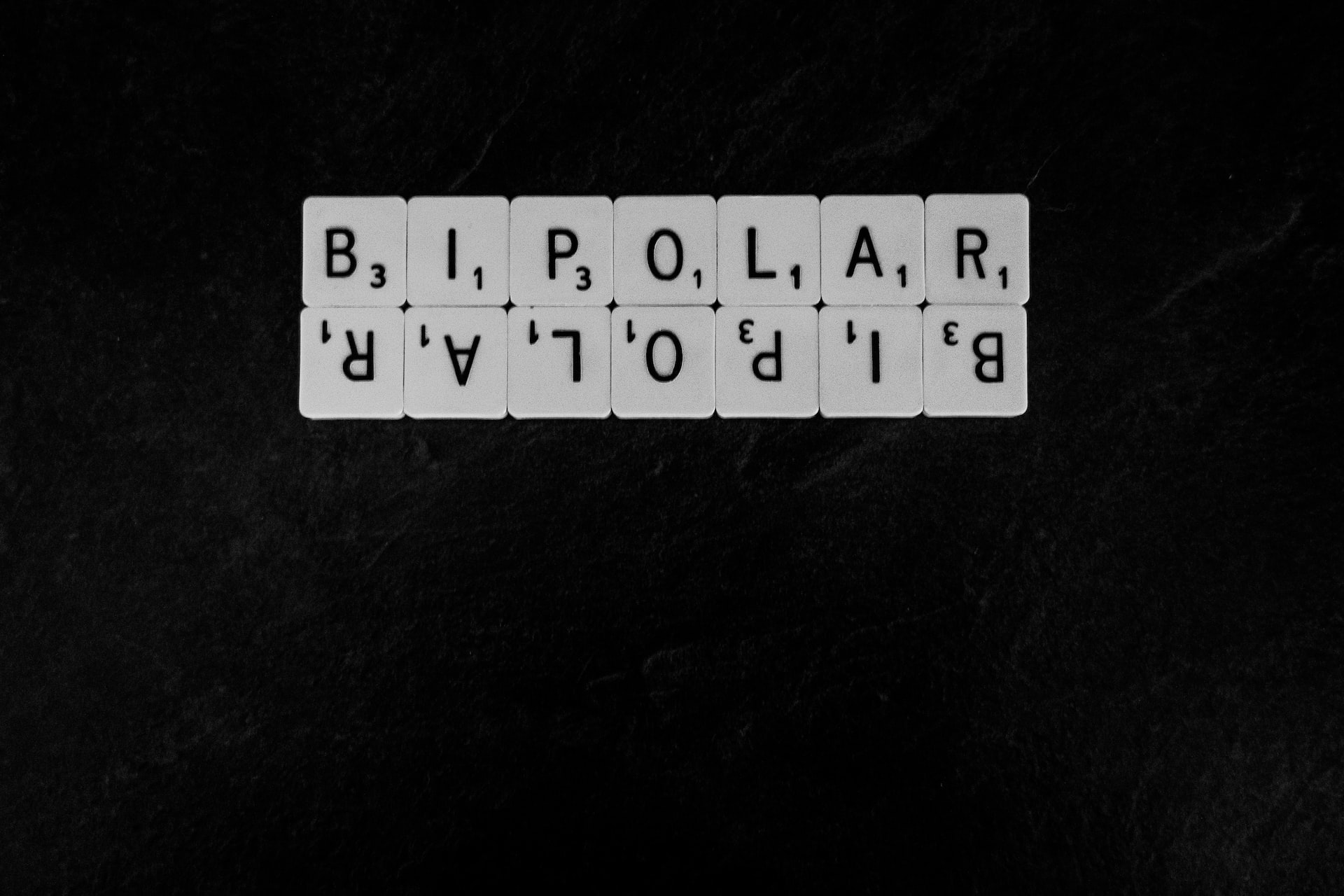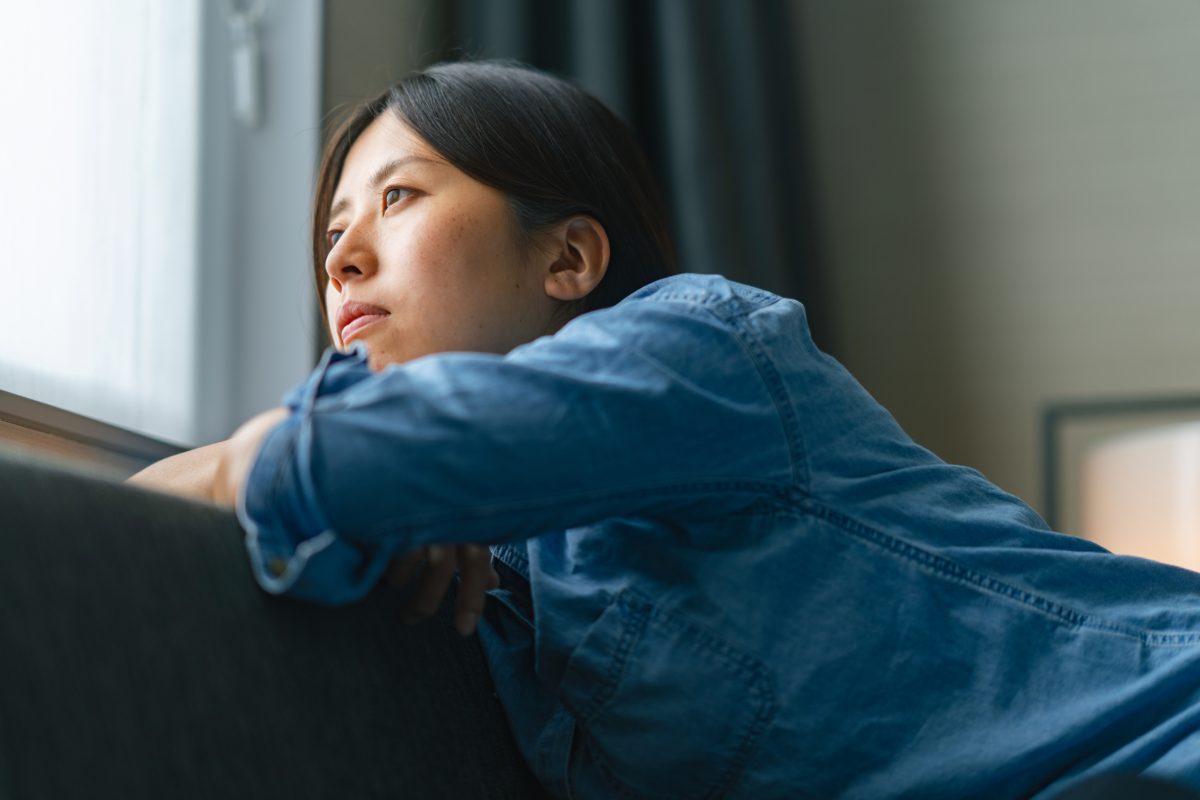The Difference Between Borderline and Bipolar Disorders
What is the difference between borderline and bipolar disorders? People may confuse borderline and bipolar disorder due to them having two or three similar symptoms. However, they are very different, each with unique characteristics that help professionals diagnose and treat them appropriately. Borderline, a personality disorder, and bipolar, a mood disorder, can have a severe impact on someone’s life and interfere with daily functioning if left untreated. Borderline personality disorder (BPD) and bipolar disorder (BD) are two of the more common mental illnesses. One of the signature traits of BPD is a person’s inability to regulate their emotions. With BD, a person’s mood changes in cycles from depression to mania. Getting the correct diagnosis is crucial to avoid the adverse effects of both disorders. This article explores the difference between borderline and bipolar. What is Borderline Personality Disorder? The National Alliance on Mental Illness reports that 1.4% of Americans have …






